
Do you have a zoom lens for your digital SLR? Most people do as they tend to be purchased as a kit and the lens in the kit is usually a zoom lens either in the 18-55mm or 55-200mm range. Maybe you got both or have one with a different range.
Besides the advantage of having a variable range of focal lengths, zoom lenses can be a lot of fun in creating the Zoom Effect. The best way to do the Zoom Effect is to use a tripod and set your camera in Aperture priority mode. You want to set the aperture to give a long shutter speed. Something like f/16, f/22 or f/32 if your lens goes out that far and starting at the smallest focal length of the lens.
In the example below, I took a photo of the Rainforest Cafe in Downtown Disney’s Marketplace. This photo was taken at 1 second shutter speed, an aperture of f/16 and ISO of 200 at a focal length of 110mm using my Nikon 18-200mm VR lens.

Rainforest Cafe sign in Downtown Disney.
Nikon D70/18-200VR, 1s, f/16, 200 ISO, 100mm Focal length
Here’s where the fun comes in. On this next shot, I set the aperture at f/32 which gave me a shutter speed of 3 seconds. Starting at a focal length of 18mm, I tripped the shutter and quickly and smoothly zoomed the lens out while the shutter was open. By the time the shutter closed, I had zoomed out to a focal length of 135mm. The results as you can see, give a great effect of the sign jumping right out at you.
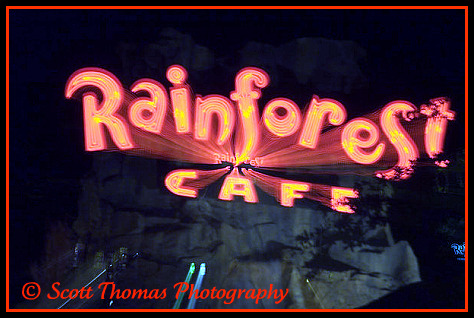
Rainforest Cafe sign zoomed in at Downtown Disney.
Nikon D70/18-200VR, 3s, f/32, 200 ISO, 18 to 135mm Focal length
Pretty neat, eh? The Exif data will only show the final focal length when the shutter closes but I knew where I started from. You can also start at the long end of the zoom lens and zoom to a lower one. I’ll leave that to you as an exercise. Leave a comment below if you want to share your results.
I have found it best to keep your subject simple when doing this. Too many subjects and it gets hard to tell what you are taking a picture of. This is great to do in low light and especially with artificial lights like the sign I used above. The link above will give you more tips and ideas on how to use the Zoom Effect.


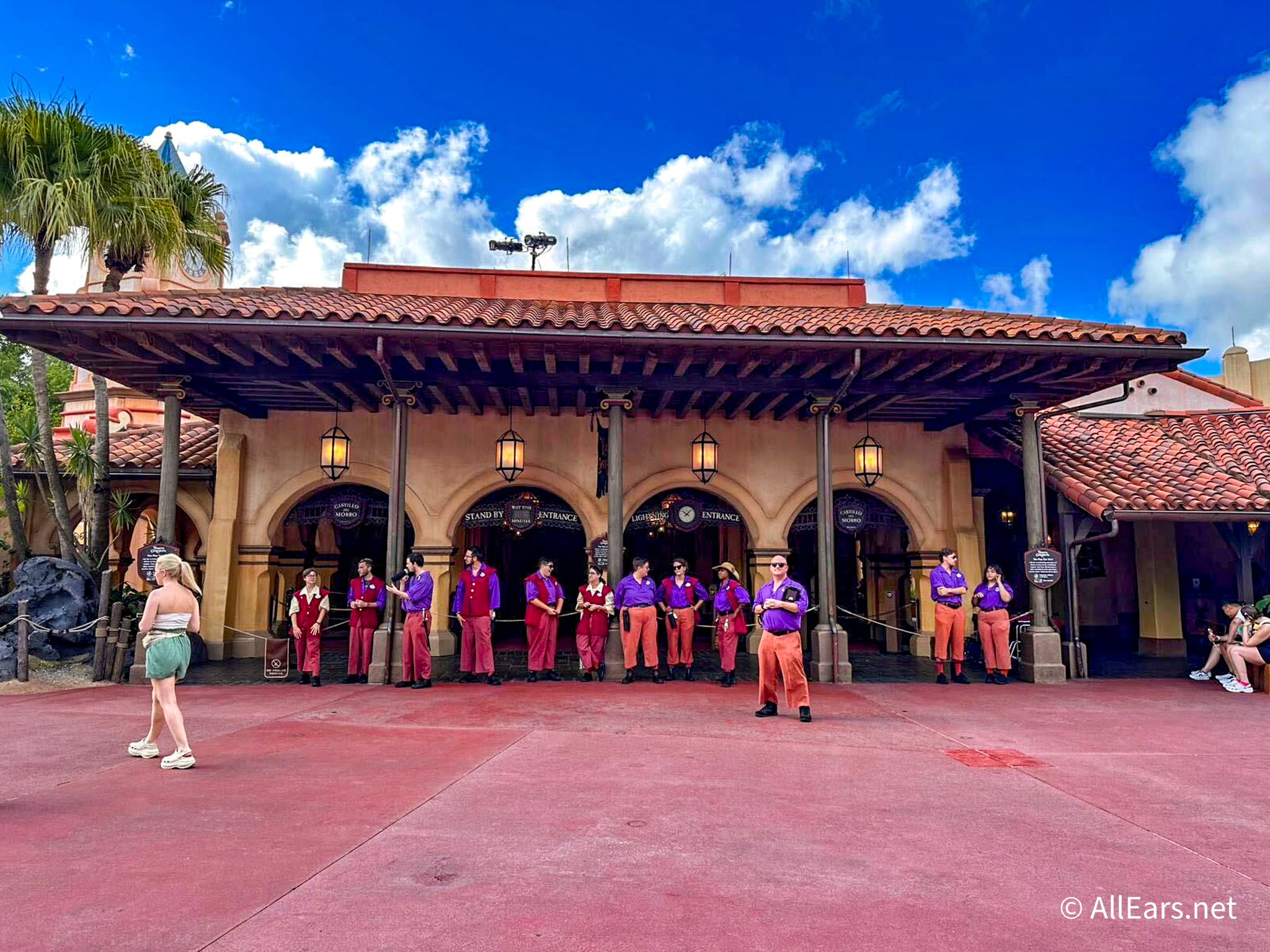

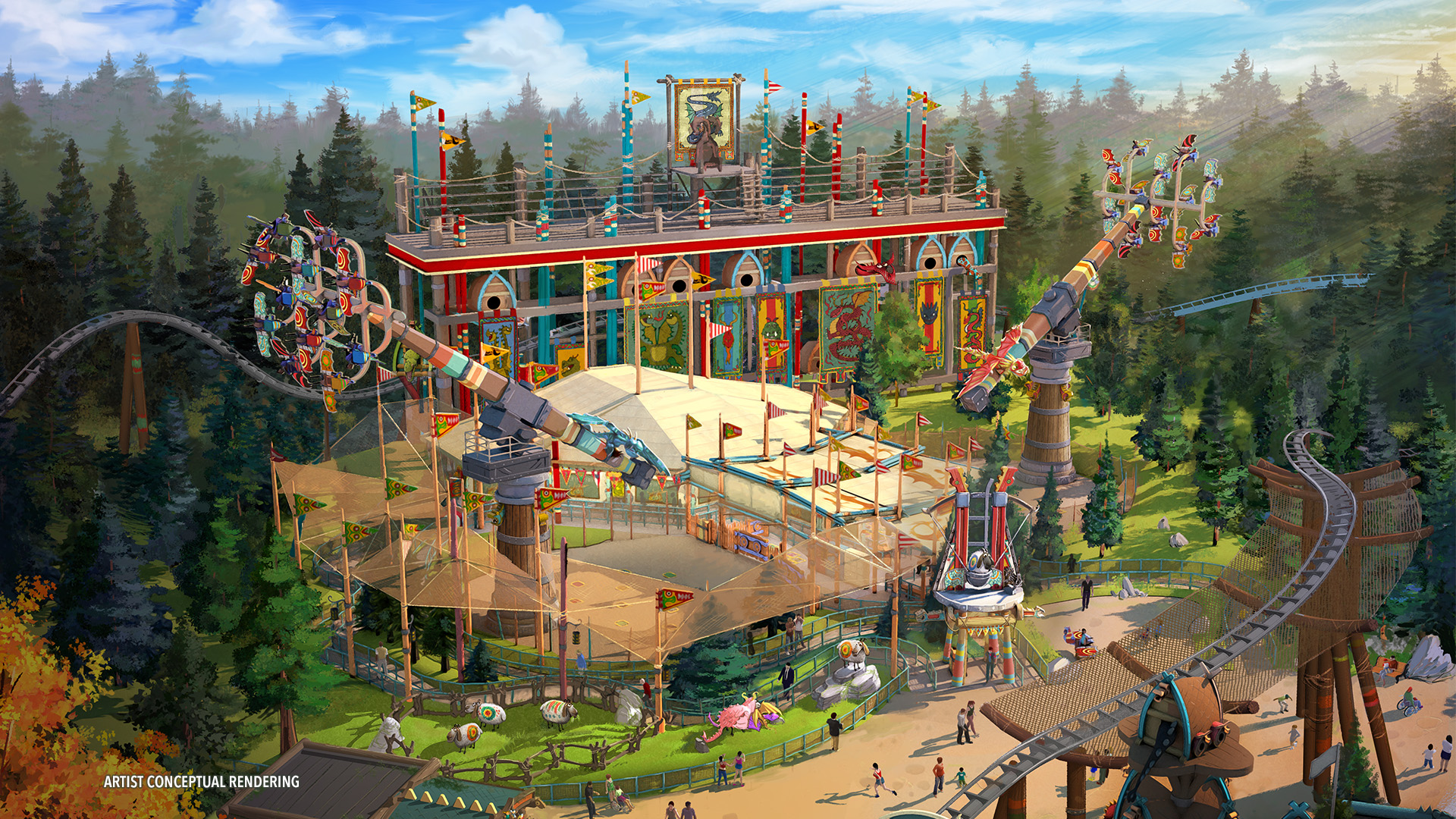
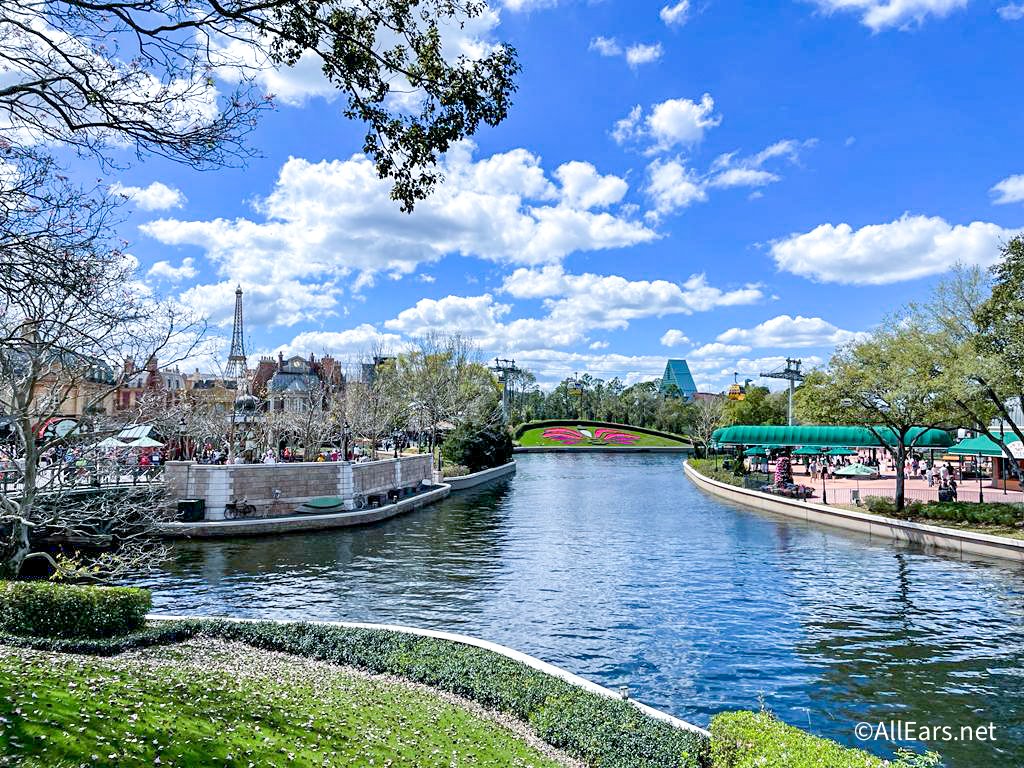
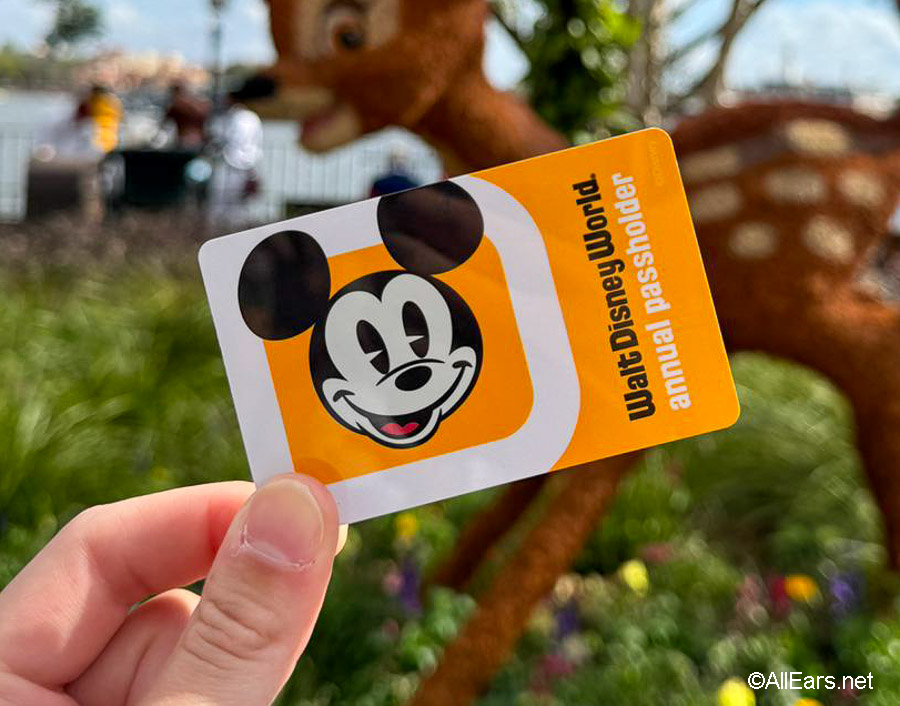

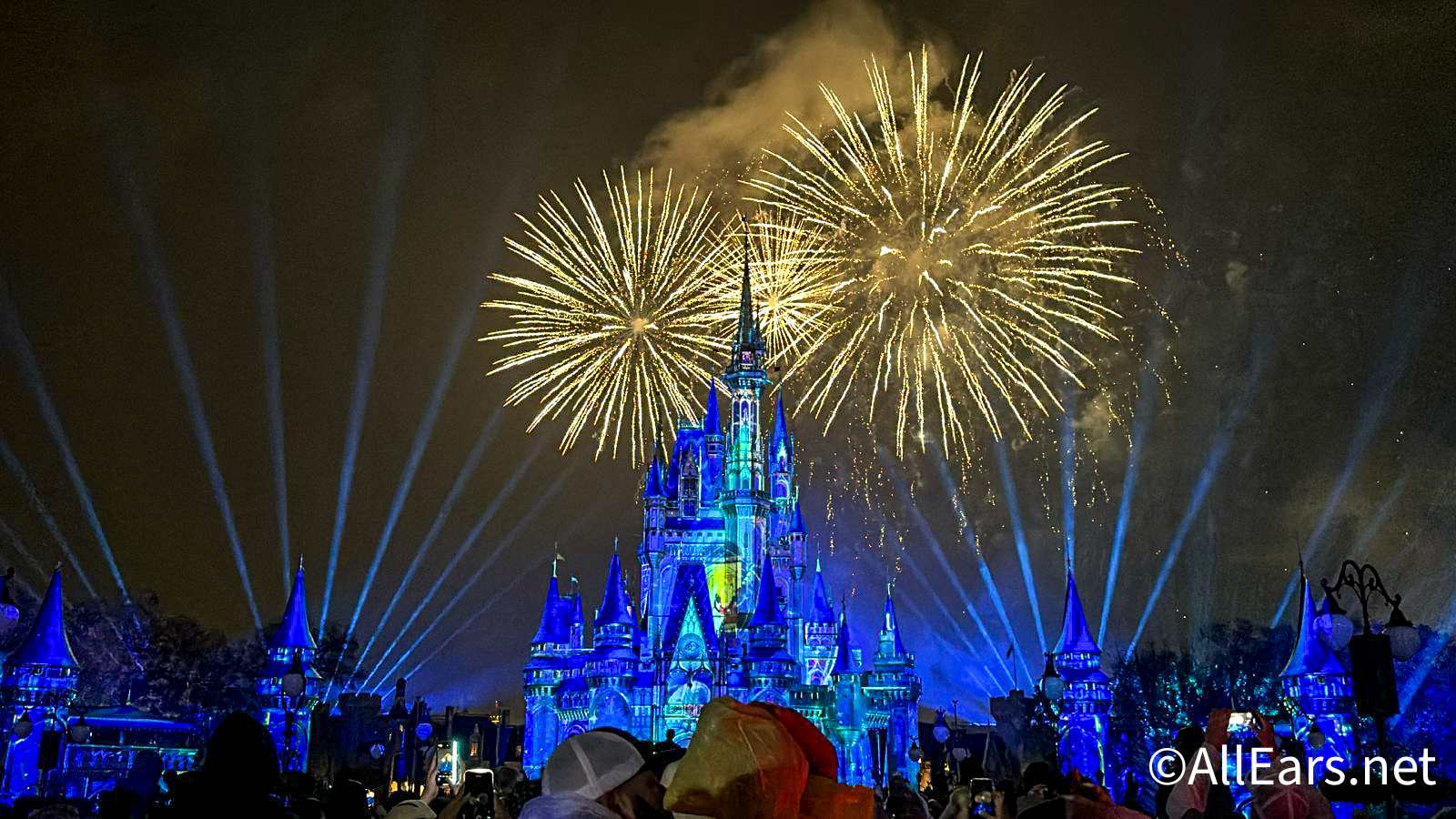
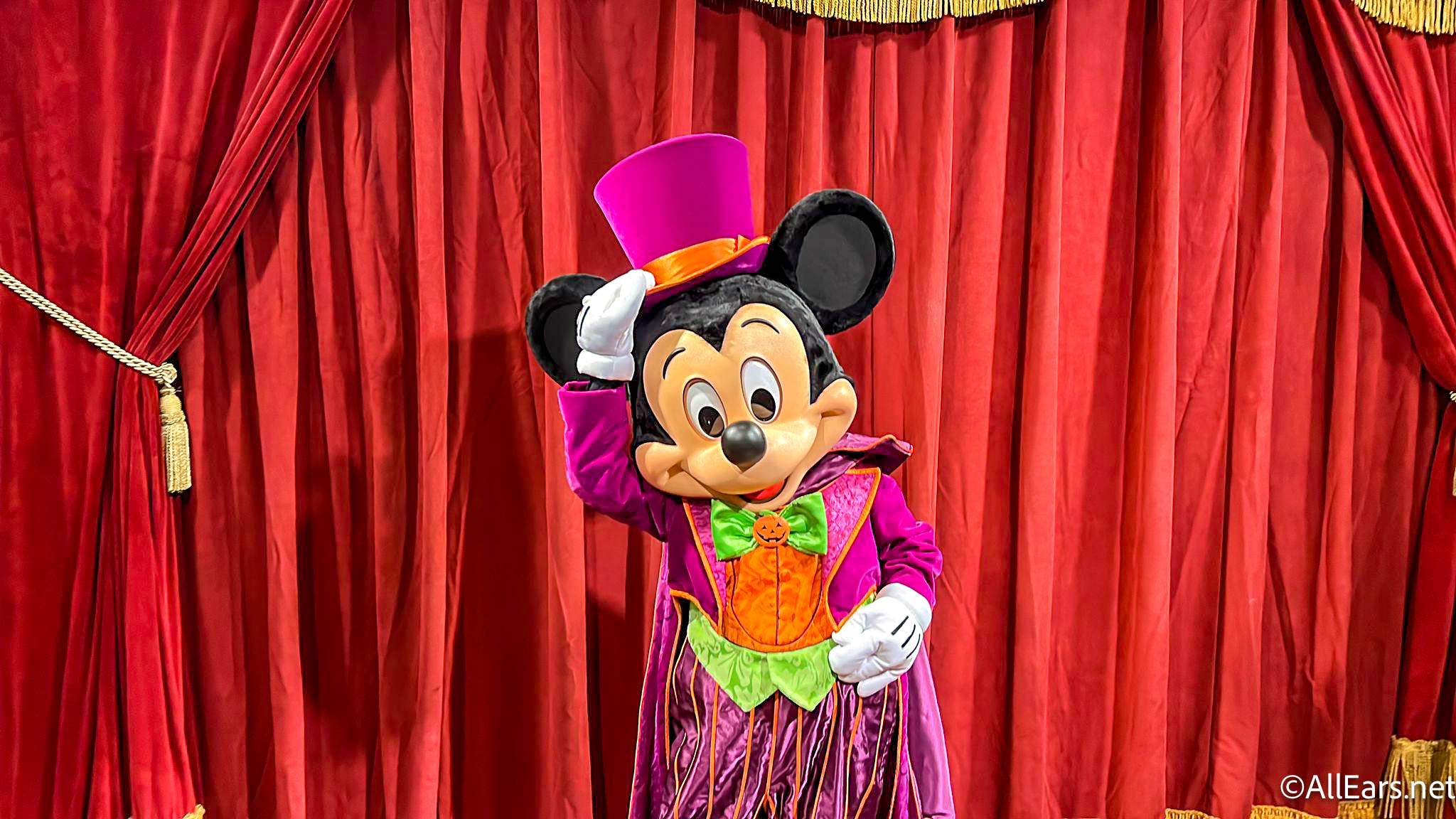



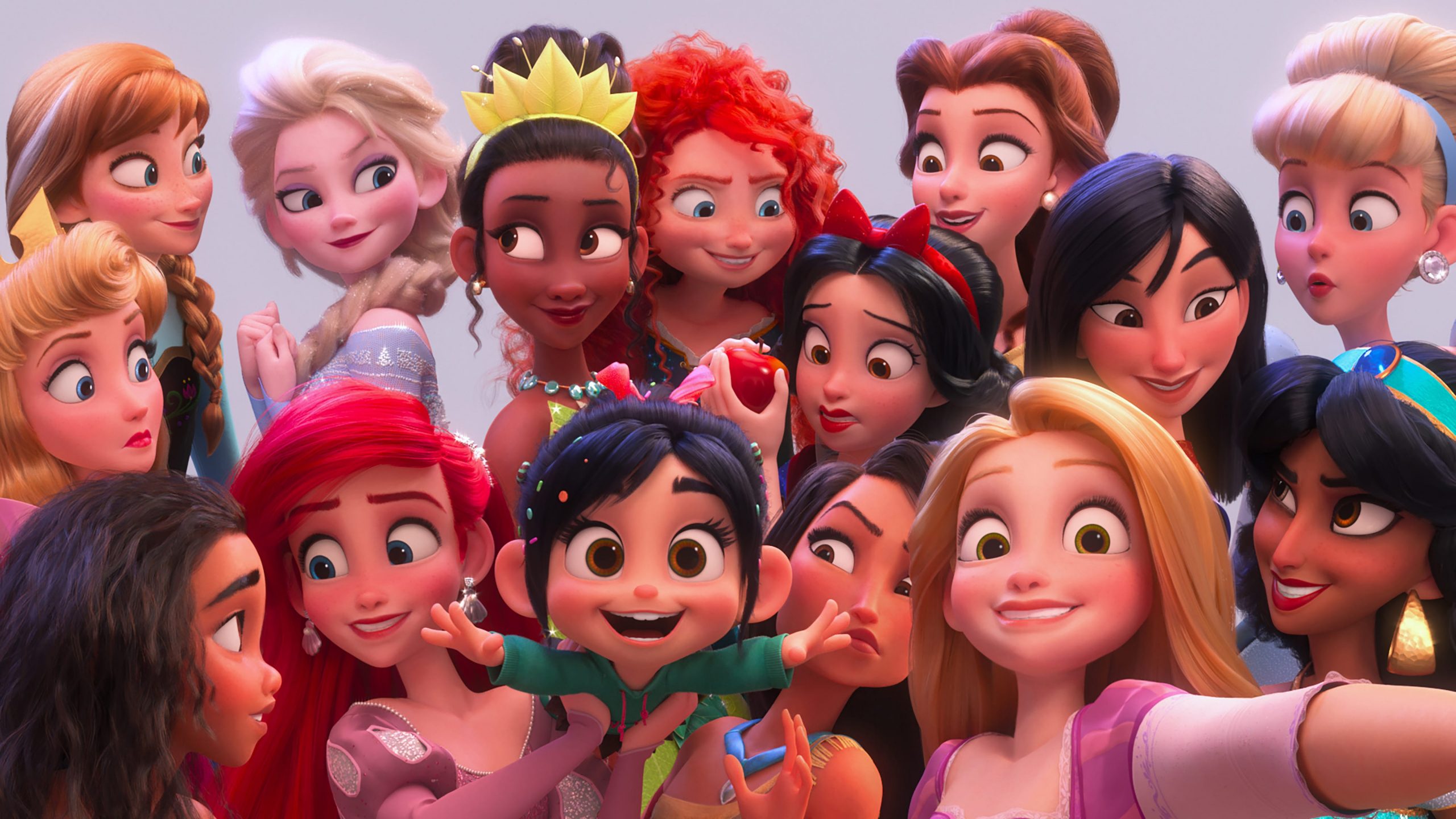
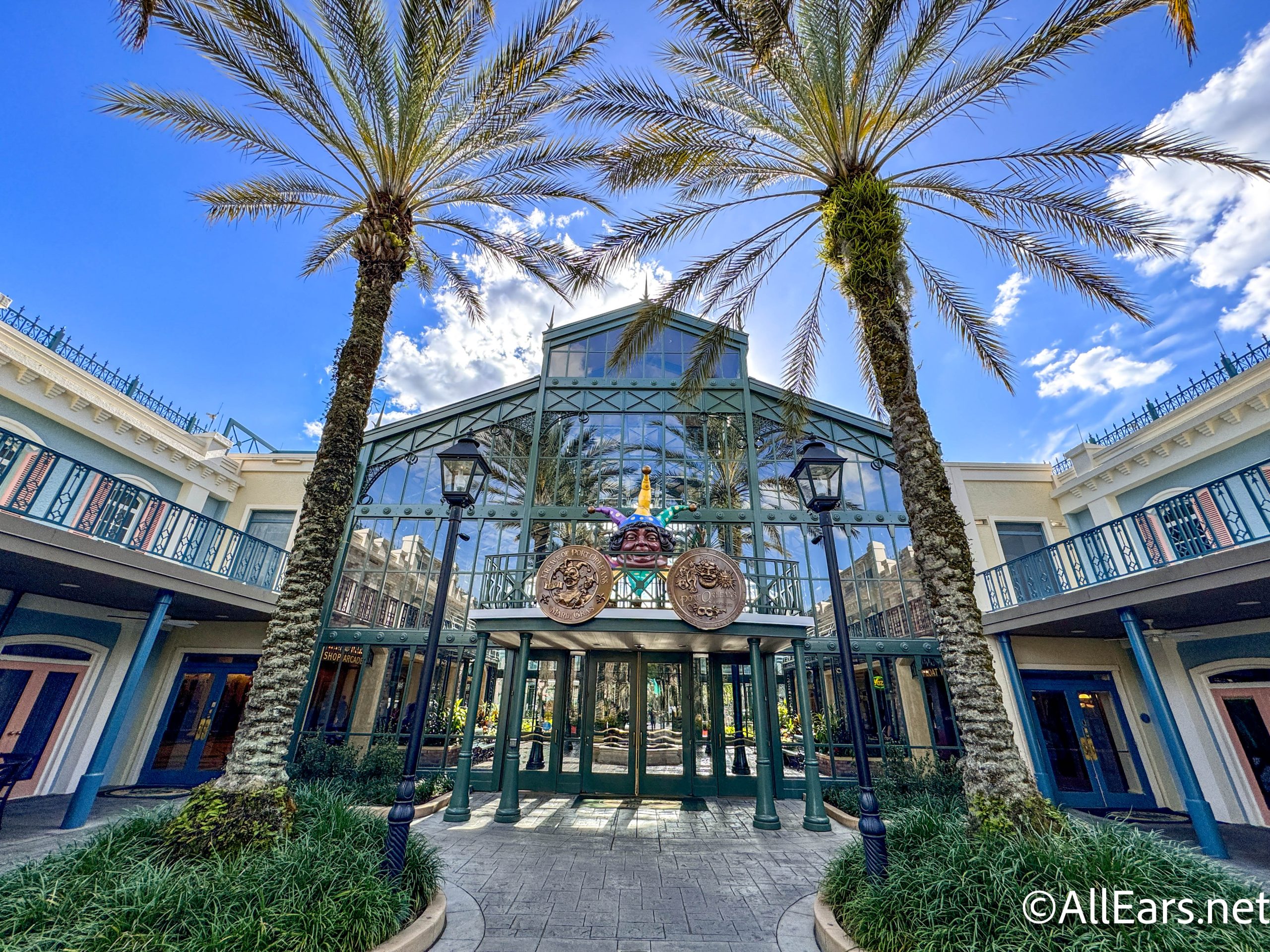
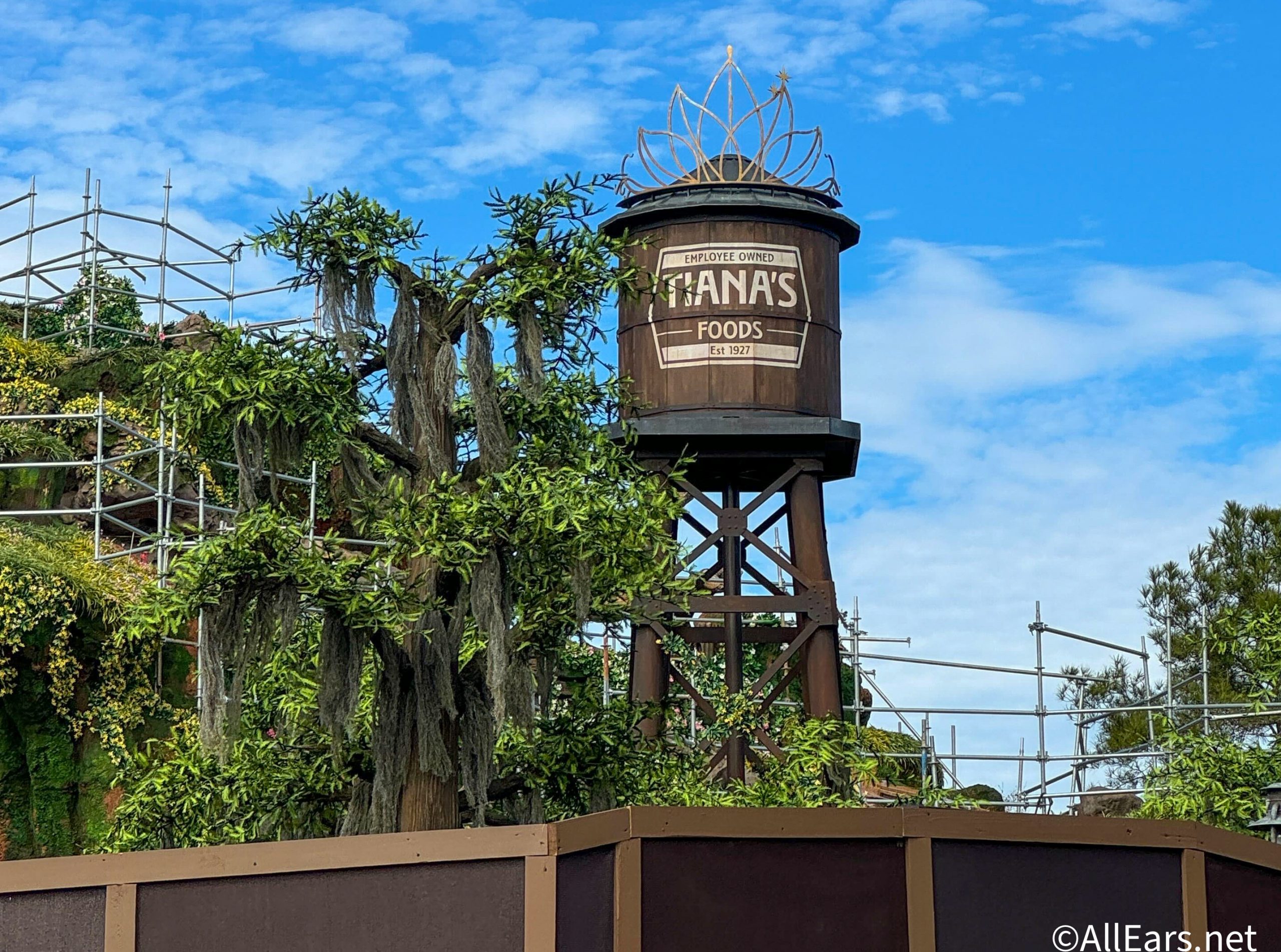

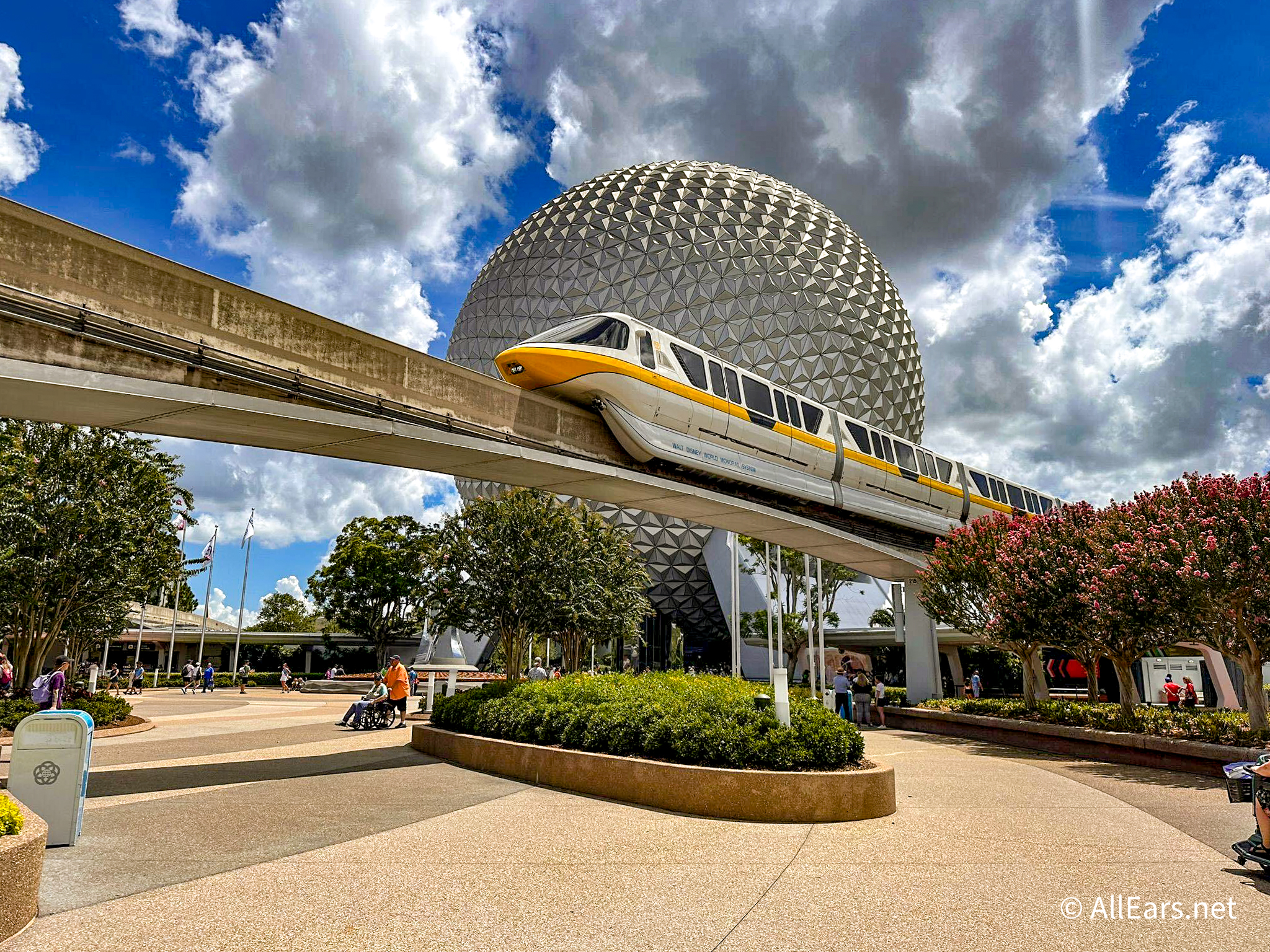



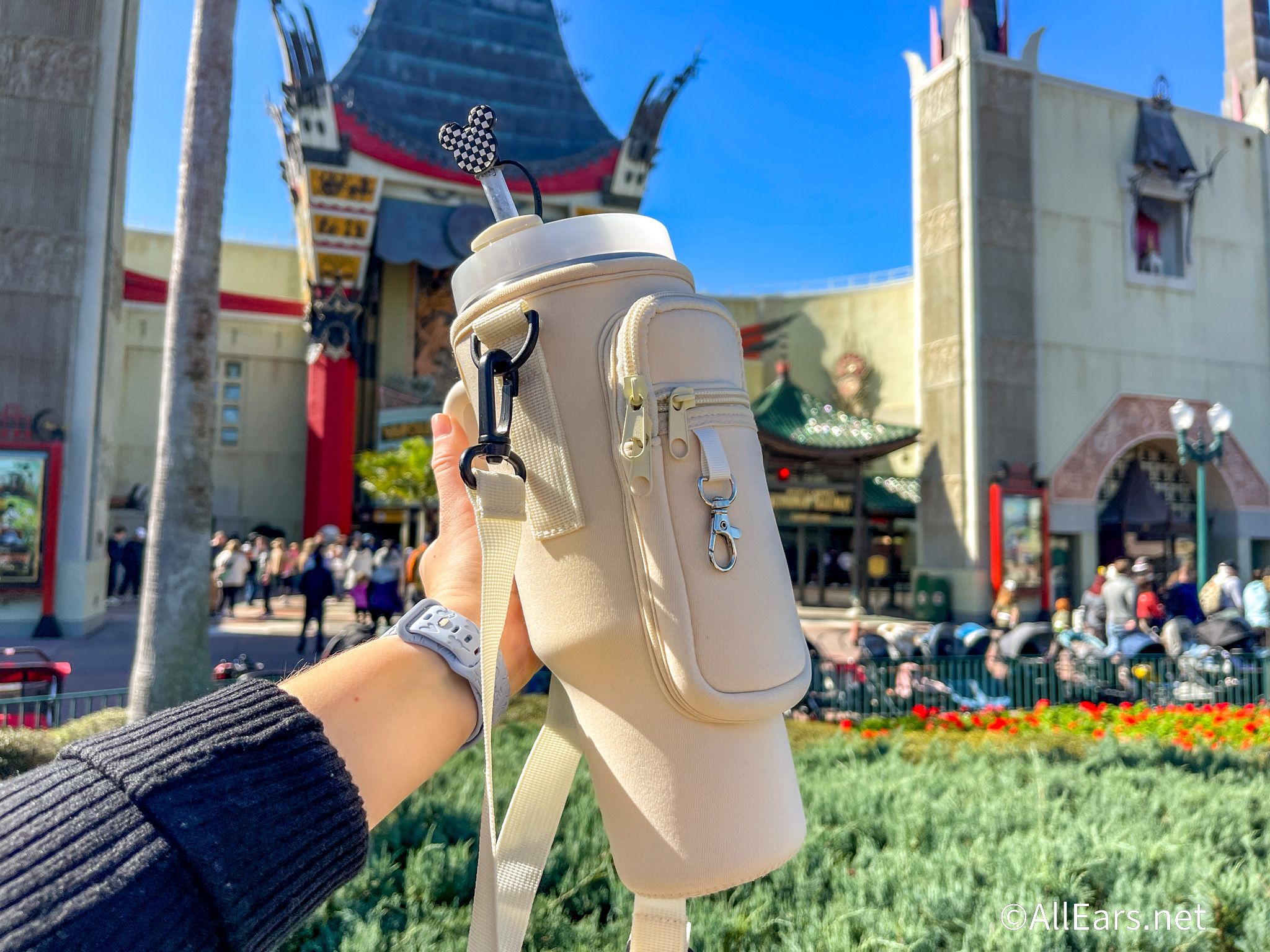

Trending Now
See what a Disney EXPERT does when a ride is CLOSED!
Don't miss out on these super low prices on Amazon for a bunch of cool...
Universal just posted a sneak peek at NEW Epic Universe rides!
We use these seven cheats at Disney World's EPCOT all the time.
A Disney World Passholder event is returning soon!
With the EPCOT International Food and Wine Festival right around the corner, make sure you...
Fireworks are an iconic way to end your Disney World day! But as sunset gets...
If you're planning to visit Magic Kingdom during Halloween season this year, we have one...
I go to Disney World alone A LOT, and these are the restaurants that never...
Make sure you know about these Disney World events before planning your 2024 vacation!
This once-canceled TV show just got renewed for an eighth season.
Check out the definitive guide to the Disney princess movies on Disney+.
This is the BEST Disney World hotel according to our readers, and you can't convince...
Do we have a hint as to when Tiana's Bayou Adventure will open?
There will soon be a NEW way to get to Disney World and Universal from...
You'll need to know about this date in Disney World!
The legendary music event, previously exclusive to IMAX, is having its global streaming premiere on...
We have a big Smellephants on Parade update in Magic Kingdom!
Victoria & Albert's at Disney World just received a MICHELIN Star!
Stanleys are trending and you can grab them on SALE on Amazon before your next...